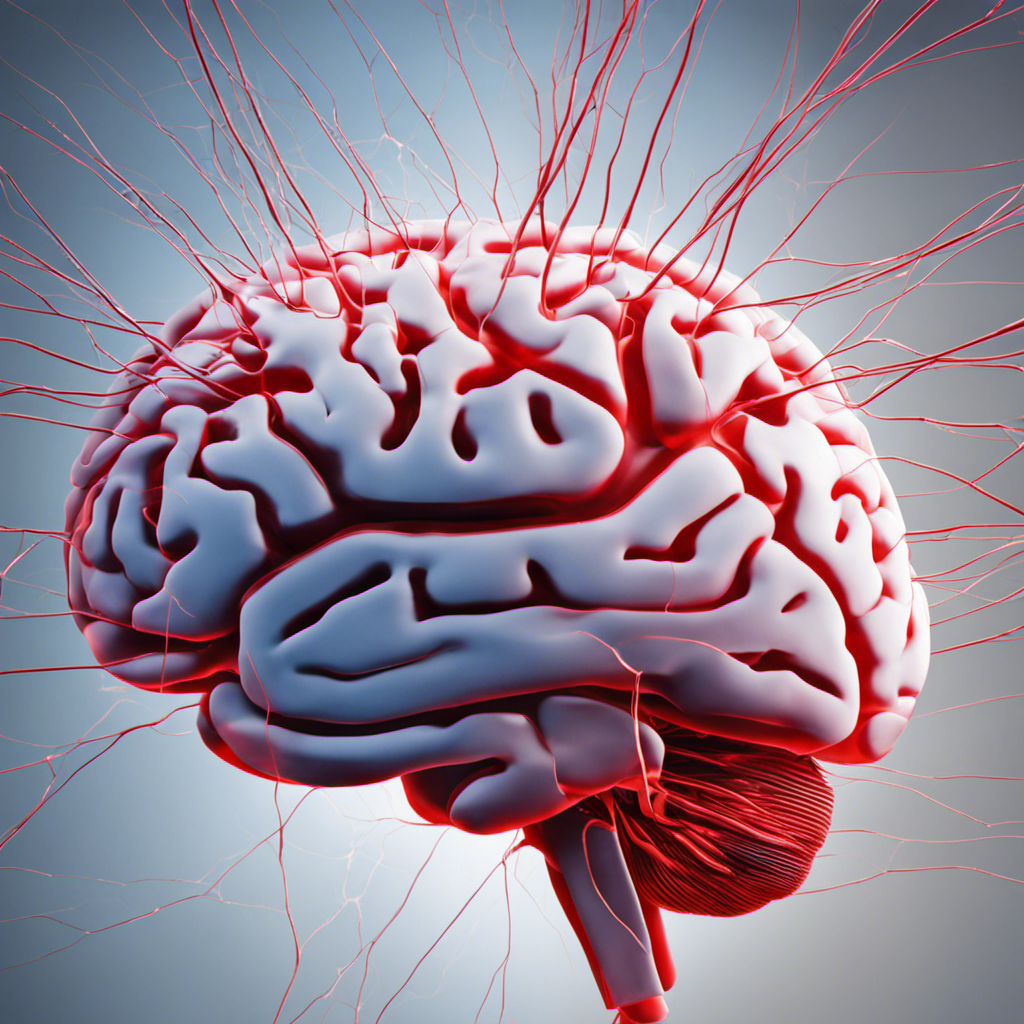
Brain cells that generate fever and other symptoms of sickness have been identified in mice. Animals tend to respond to being ill in the same way, for example with fever, fatigue, loss of appetite, and by seeking warmth. Earlier studies suggest fever helps by increasing body temperature – making it harder for pathogens to survive – while fatigue and loss of appetite link to energy regulation.
To pin down the parts of the brain responsible, Catherine Dulac at Harvard University and her team gave mice molecules that induce effects akin to a genuine illness.
They used sequencing and imaging to determine which neurons were most active in the mice’s brains during the induced sickness. They suspected that they would be in the hypothalamus, where control of appetite and thermoregulation occurs.
The team found neurons that fit the bill in the hypothalamus’s ventral medial preoptic area, which is generally responsible for thermoregulation. These were significantly activated by the induced sickness, in comparison with the brains of mice that hadn’t been given the molecules.
To confirm the findings, the team then genetically inhibited these neurons within mice. The altered mice didn’t develop a fever when given one of the sickness-producing molecules, while also experiencing a smaller drop in their appetites and not seeking as much warmth. They were still fatigued, however, suggesting that this symptom is regulated elsewhere in the brain.
